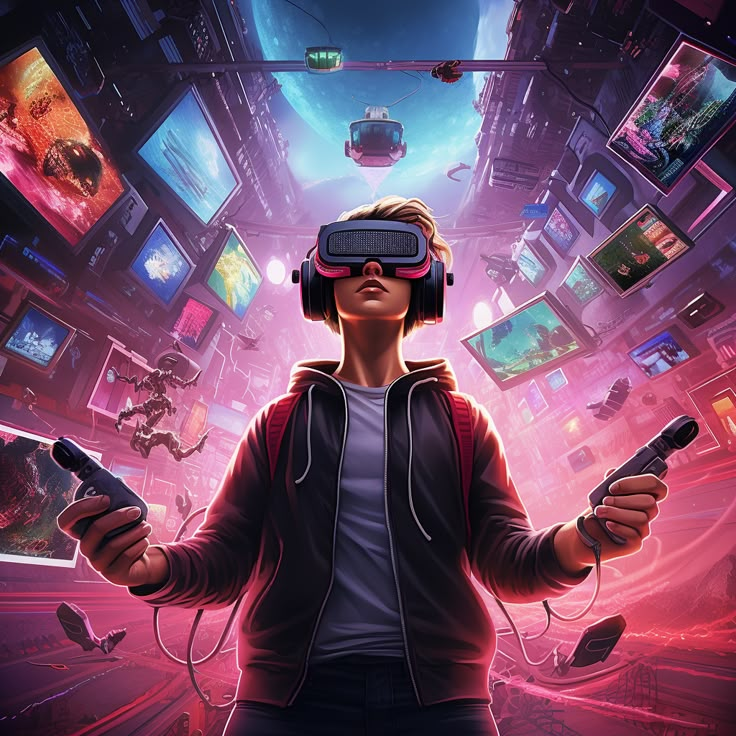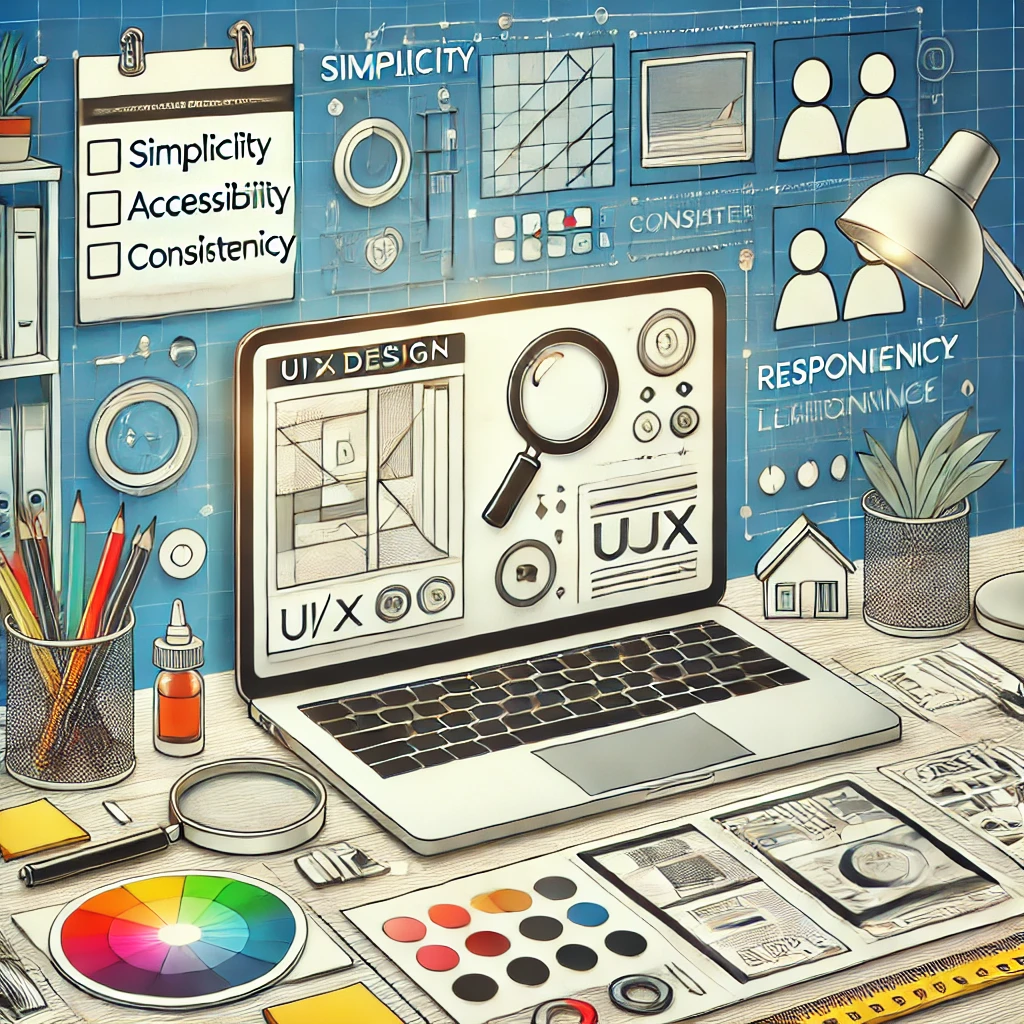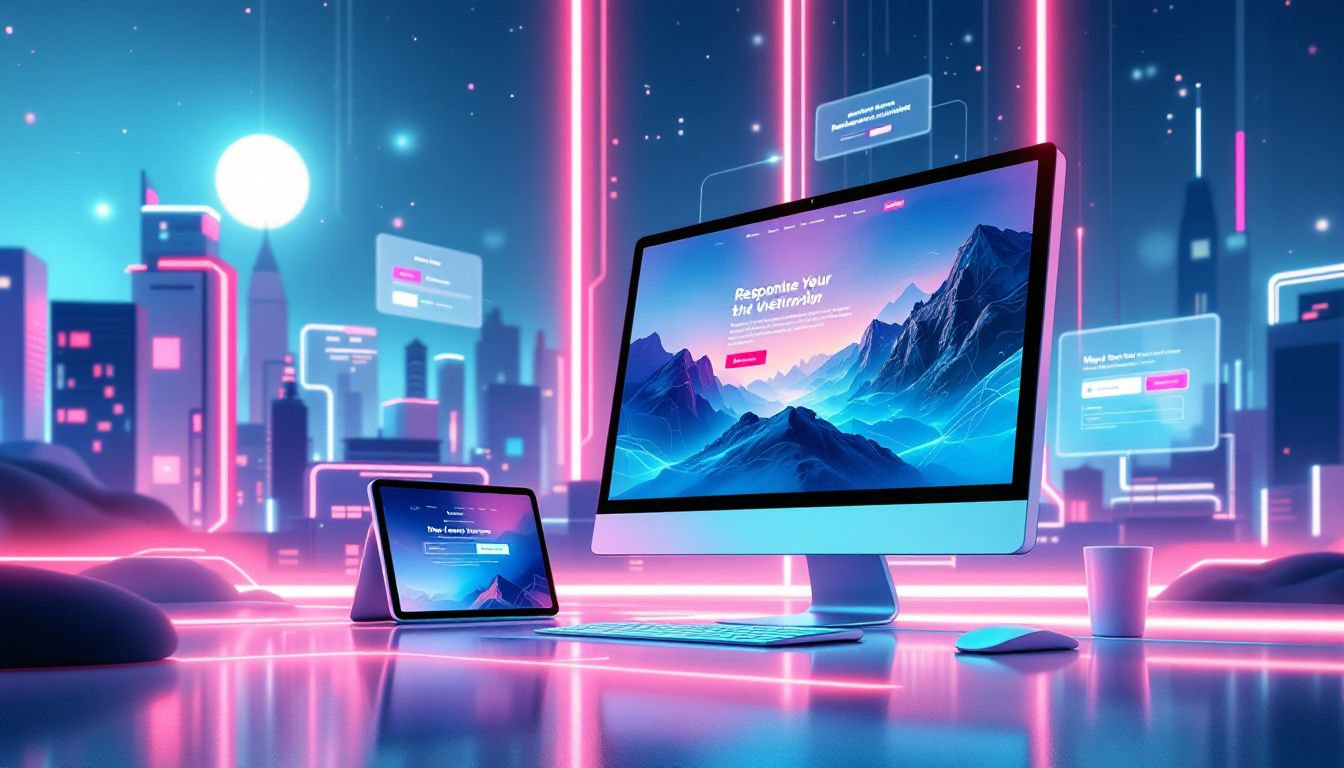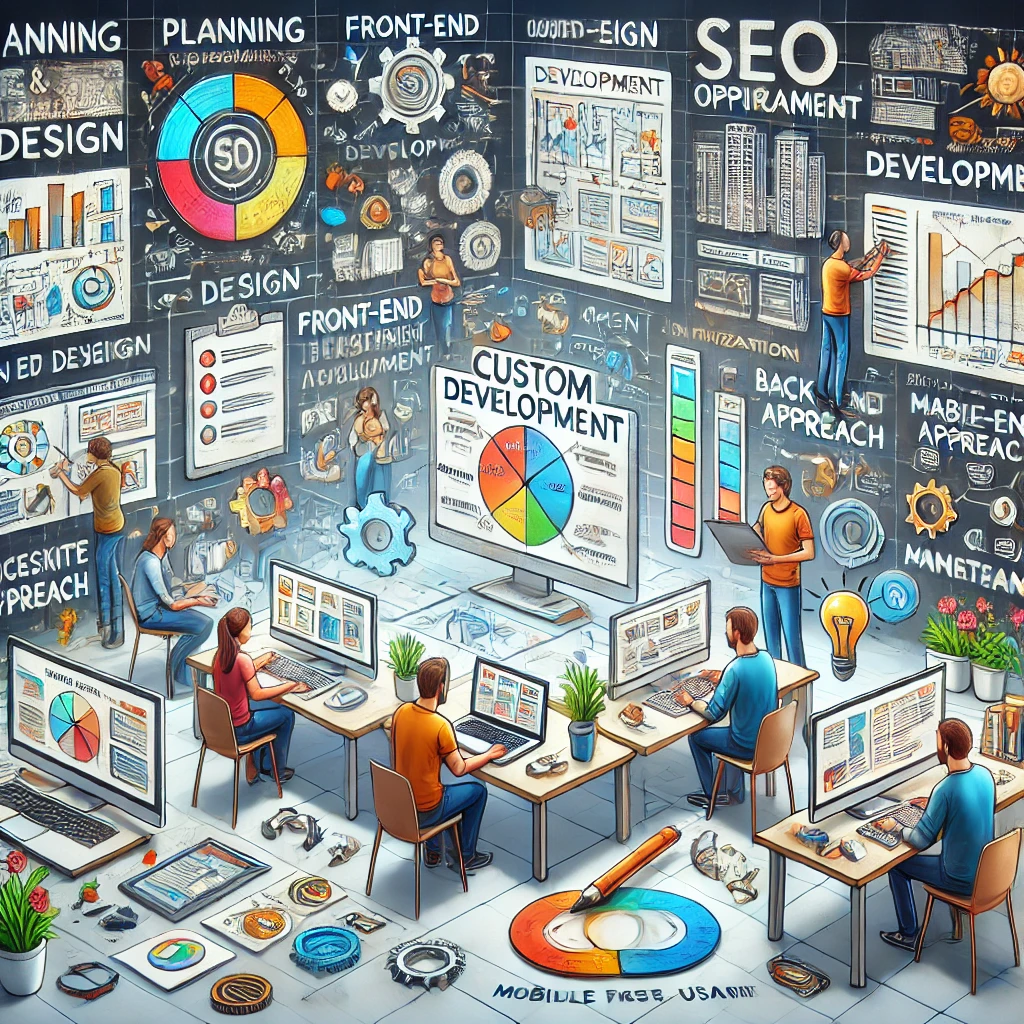PUBLISHED ON: April 19, 2025

Let's Talk
The real estate sector in Dubai continues to embrace innovation at a rapid pace, driven by the demands of global investors and the expectations of a digitally-savvy audience. One of the most impactful developments in recent years has been the use of virtual tours in real estate, offering a new level of immersion and convenience for buyers and sellers alike. As digital transformation reshapes every industry, property marketing has evolved beyond static images and in-person viewings. In today’s market, real estate virtual reality in Dubai is setting new standards for engagement, efficiency, and global accessibility.
The Growing Role of Virtual Tours in Property Transactions
Virtual reality has become an essential component of modern property marketing. By enabling prospective buyers to explore homes, apartments, and commercial spaces remotely, it removes geographical barriers and accelerates decision-making. Through VR property tours, viewers can walk through hallways, inspect layouts, and understand the spatial flow of a property without stepping foot inside. For international investors, this form of immersive property viewing offers the ability to evaluate multiple listings in a short period of time. Whether it’s a penthouse in Downtown Dubai or a villa in Arabian Ranches, virtual tours offer a realistic sense of presence that traditional brochures or photos simply cannot match.Accelerating Sales with Immersive Experiences
Buyers often need more than just specifications—they want to feel the space. A major advantage of VR technology in real estate is that it fosters stronger emotional connections with a property. Being able to explore room dimensions, furniture layouts, natural lighting, and even balcony views helps prospective owners or tenants visualize themselves in the space. This leads to quicker decisions, fewer physical visits, and more qualified leads for real estate agents. The sales process becomes more efficient, with buyers gaining clarity earlier in their journey and sellers reducing the need for repetitive showings. In many cases, properties that include virtual real estate tours experience increased online engagement, longer session durations, and more inquiries. These digital walkthroughs are also effective when paired with lead generation campaigns on social media platforms like Instagram, Facebook, and YouTube.A Global Gateway for Dubai's Real Estate Market
Dubai’s real estate market is heavily influenced by international interest. With high levels of foreign investment and demand for luxury living, the need to engage overseas buyers has become more crucial than ever. Virtual tours play a pivotal role in this cross-border interaction. A buyer based in Europe, Asia, or North America can now view properties in Dubai remotely, schedule follow-ups, and even finalize deals without the need to travel during the initial stages. This capability expands the market reach for brokers and developers, making it easier to present properties in Business Bay, JVC, or Dubai Marina to a global audience. The ability to showcase properties using 3D walkthroughs and panoramic scenes creates a competitive advantage and builds trust with clients who expect transparency and modern digital conveniences.Real Use Cases: Off-Plan Projects and Ready Properties
The utility of virtual tours extends across different segments of the property market. For off-plan projects, VR environments allow buyers to experience not just a single apartment, but entire communities complete with landscaping, amenities, and surrounding infrastructure. For ready-to-move properties, virtual tours serve as digital open houses. They allow interested parties to explore the property before arranging a physical visit, saving time for both agents and clients. Listings that include VR walkthroughs often stand out more on property portals and aggregator websites, attracting higher-quality traffic. In high-value transactions, virtual property presentations can be accompanied by remote video calls where agents guide the viewer in real-time, explaining features and answering questions. This hybrid approach blends the convenience of VR with the personal touch of traditional sales.Beyond Sales: Added Value for Designers, Developers, and Institutions
While the sales department benefits most directly from virtual tour integration, other sectors within real estate also gain value. Architects can showcase concepts to clients and stakeholders using immersive digital environments. Interior designers can present mood boards and spatial arrangements within a real-world simulation. Investors and project partners can evaluate development progress through updated virtual site visits. In education and training, real estate professionals can use virtual scenarios to demonstrate client handling, staging techniques, or layout presentation. The same technology is also being adapted by universities and training institutions in the UAE to give prospective students remote access to campuses and facilities.Gaining a Competitive Edge in a Saturated Market
Dubai’s property landscape is crowded with developers and agents seeking to differentiate themselves. As more buyers begin their search online, listings with enhanced digital experiences stand out. Offering VR property viewings is a clear signal that a brand or agency is forward-thinking and committed to improving the customer journey. Virtual experiences also support marketing across various platforms. For example, embedding virtual tours in a website can reduce bounce rates and improve search engine performance. Sharing teaser videos from VR walkthroughs on social media can drive traffic and generate interest before a full tour is offered. As real estate consumers become more selective and time-conscious, digital-first solutions will increasingly influence who captures market share.SEO Benefits of Virtual Tours and Interactive Content
Beyond user experience, virtual tours in real estate also contribute positively to SEO and content marketing. Pages with interactive content such as 3D tours, panoramic photos, and embedded walkthroughs tend to have higher dwell times and lower bounce rates, both of which signal relevance to search engines. Optimizing these tours with keyword-rich titles, descriptions, and schema markup ensures that they are indexed properly and show up in relevant searches. High-ranking phrases such as real estate virtual reality Dubai, virtual real estate tours, and VR property walkthroughs can be naturally integrated into the surrounding page content to attract more organic traffic. Combining virtual tours with blog content, case studies, and social campaigns multiplies their reach, creating a network of touchpoints that guide potential buyers toward action.Conclusion
The adoption of virtual reality in Dubai's real estate sector reflects a broader shift toward digital-first property marketing. Virtual tours offer more than just a visual aid they provide a new way to connect with buyers, shorten sales cycles, and expand into global markets. As both local and international demand continues to grow, the importance of offering immersive, interactive experiences will only increase. Whether showcasing off-plan developments or promoting ready properties, embracing VR in real estate is becoming a standard rather than an exception. In a market as competitive and fast-paced as Dubai, the ability to adapt quickly and offer enhanced buyer experiences through digital innovation will define success in the years ahead.References
No references available for this blog.




